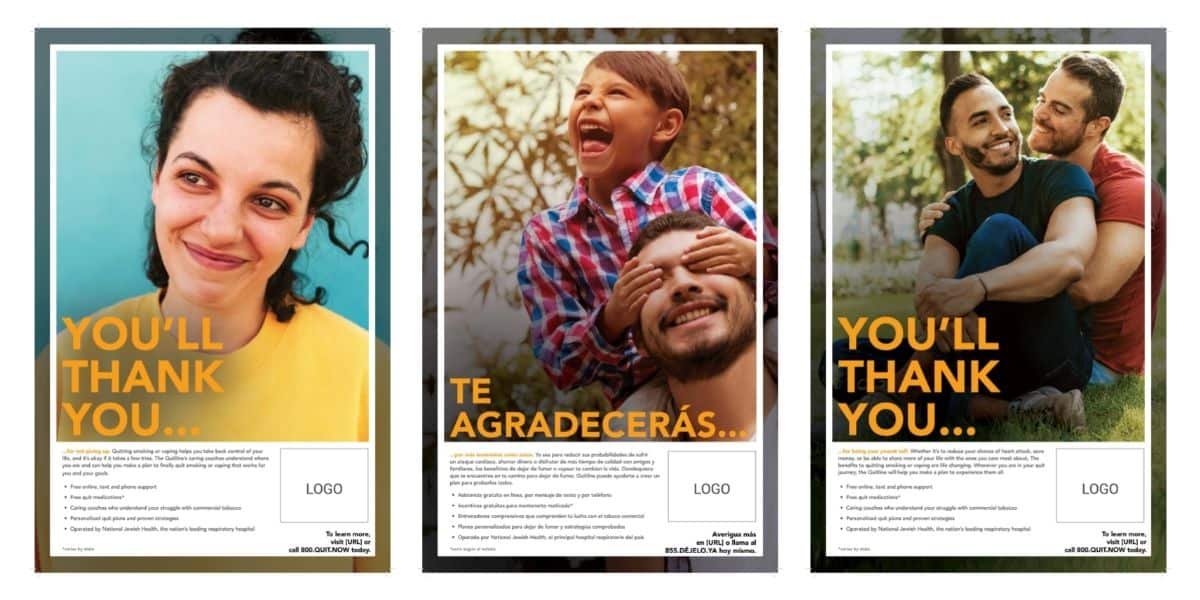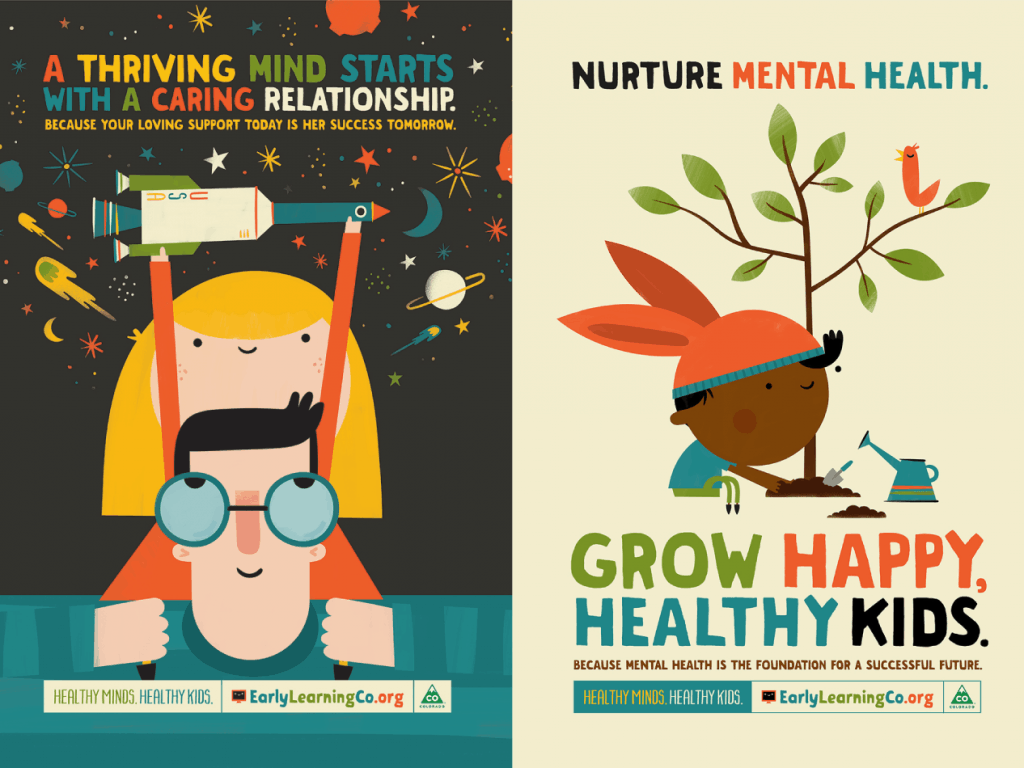Making complex stories scannable for busy readers? Easier said than done.
The training on Smart Brevity at The Communications Network’s ComNet 24 in Kansas City, led by Axios, reshaped my approach to content.
This piece? It’s me putting that training to work—trimming down, focusing on what’s relevant, and trying to keep you reading.
Key Lessons I’m Using Right Here:
- Shorter is stronger.
Axios laid out the facts: Only 5% of people finish an 800-word article. Aim for half that length. It’s not about cutting words; it’s about cutting fluff. This blog? Around 400 words max, so every sentence here earns its place.
- Hook them with what’s new.
You’ll notice we skipped a big intro here. That’s on purpose. Readers—especially busy communications pros—want to know what’s new right away.
- Be a “word surgeon.”
Words have weight. At ComNet, we practiced paring paragraphs down to a word or two. It’s about removing filler, and that’s why I’ve kept each lesson short here—you’re getting only what matters.
- Think story, not facts.
People remember stories, not fact after fact. Even in brevity, storytelling should guide us. This blog aims to share not just tips but tell the story, however brief, of how Smart Brevity changed how I think about my writing.
- Be human, not robotic.
Smart Brevity isn’t just stripping language down; it’s about clarity. Writing as if I’m speaking directly to you keeps it natural, conversational, and clear. Read it out loud—if it doesn’t sound right, refine it until it does.
Practical Tips Applied:
- Audience first. I’m writing with you in mind—one of SE2’s key audience members looking for actionable insights.
- Scannable structure. Notice the bold headers, bullet points, and the most important words first? This format lets you quickly decide whether to dive deeper or move on.
- Precise headline. Headlines should be 10 words or fewer. No clickbait. And yes, emojis boost engagement by 6%—which is why I added one here.
Why It Matters
Smart Brevity isn’t just a technique; it shows respect for your reader’s time. Making every word work double-duty requires us to put our audience first. As communicators, the challenge is clear: Write so they stay.

About the Author:
RJ Johnson (they/them) is a trans behavior change marketer. They create fun, engaging, and strategic content. With over six years of experience in marketing, communications, and content management, they have touched just about every aspect of the field. RJ is a lifelong learner with an M.B.A. from the University of Colorado, Denver, and a B.F.A. in Creative Writing from Stephens College. RJ is a content strategist at SE2, a behavior change marketing agency, previously worked in the health insurance sector, and is passionate about aiding in the fight for equal opportunities and advocacy. They approach everything from a lens of intersectionality and community.





